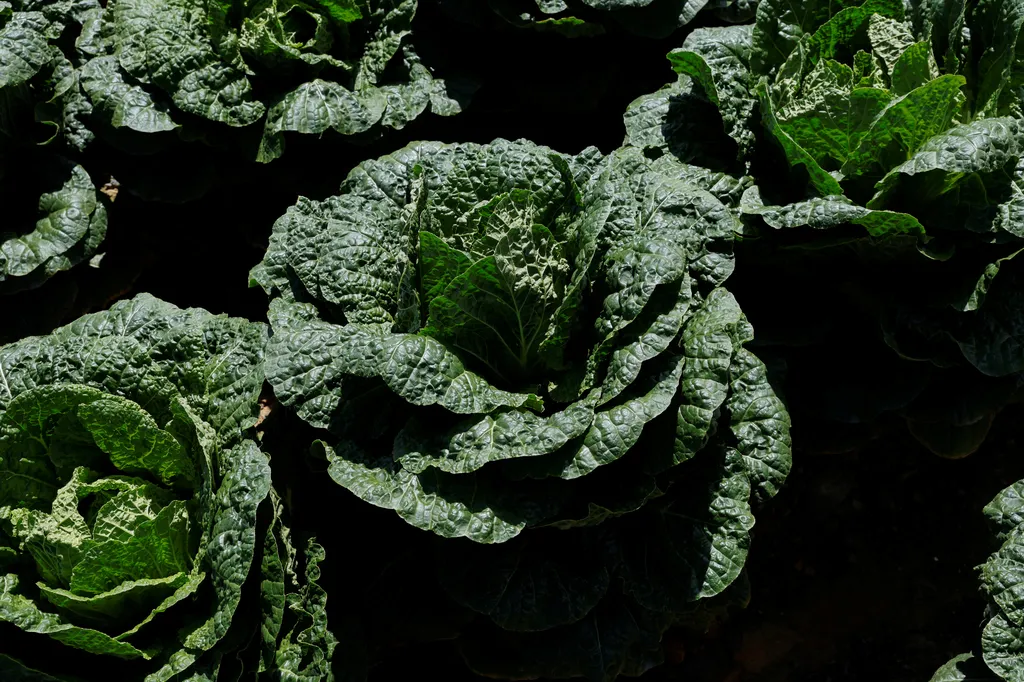In the heart of South Korea, researchers are harnessing the power of drones and artificial intelligence to combat a persistent agricultural foe: downy mildew. This fungal disease, a bane to kimchi cabbage farmers, can slash yields and quality, leading to significant economic losses. But a new study led by Yang Lyu from the Interdisciplinary Program in Smart Agriculture at Kangwon National University is turning the tide, offering a precision agriculture solution that could revolutionize crop monitoring and disease management.
Lyu and his team have developed an automated system that uses unmanned aerial vehicles (UAVs) equipped with RGB cameras to capture images of kimchi cabbage fields. These images are then analyzed using lightweight deep learning models, which have been trained to identify downy mildew at the leaf level. “Our approach combines the accessibility of RGB imaging with the power of advanced deep learning models,” Lyu explains. “This makes it a practical and scalable solution for farmers.”
The study, published in the journal *Remote Sensing* (translated as “Remote Sensing”), evaluated several deep learning architectures, including Vision Transformer (ViT)-based models and Convolutional Neural Network (CNN)-based models. The results were promising, with ViT-based models outperforming their CNN counterparts in both classification accuracy and generalization capability. For late-stage disease detection, the DeiT-Tiny model achieved the highest test accuracy of 0.948 and a macro F1-score of 0.913, while MobileViT-S recorded the highest diseased recall at 0.931. In early-stage detection, TinyViT-5M led with a test accuracy of 0.970 and a macro F1-score of 0.918, though all models struggled with diseased recall, highlighting the challenges of early symptom identification using RGB imagery.
Despite these challenges, the study demonstrates the potential of UAV-based RGB imaging for precision agriculture. By generating prescription maps based on classification results, farmers can apply pesticides more precisely, reducing waste and environmental impact. “This technology not only improves disease management but also promotes sustainable farming practices,” Lyu notes.
The commercial implications for the agricultural sector are significant. Precision agriculture tools like this can enhance crop yields, reduce costs, and minimize environmental damage, making them attractive to farmers and agribusinesses alike. Moreover, the integration of multispectral data and domain adaptation techniques could further enhance early-stage disease detection, opening new avenues for research and development.
As the agricultural industry continues to evolve, the fusion of UAV technology and deep learning models offers a glimpse into the future of smart farming. Lyu’s research not only addresses a critical issue for kimchi cabbage farmers but also sets a precedent for how technology can be leveraged to tackle similar challenges in other crops. The journey towards sustainable and efficient agriculture is underway, and this study is a significant step in that direction.

